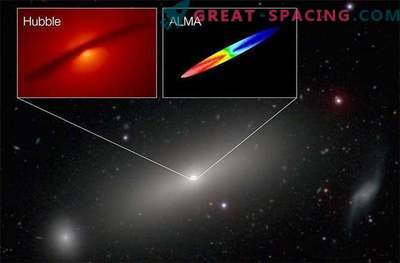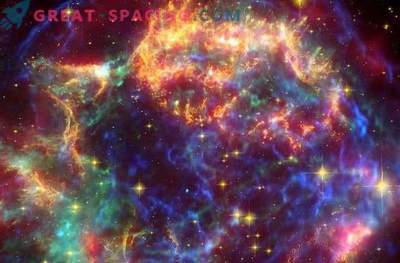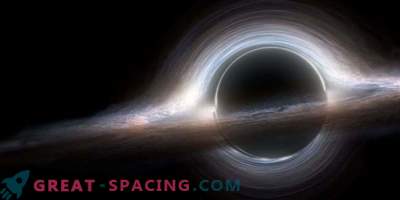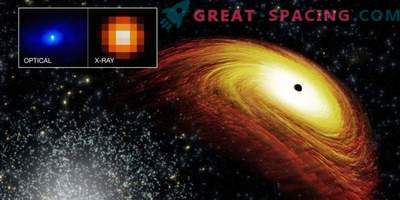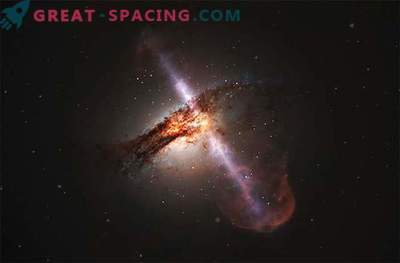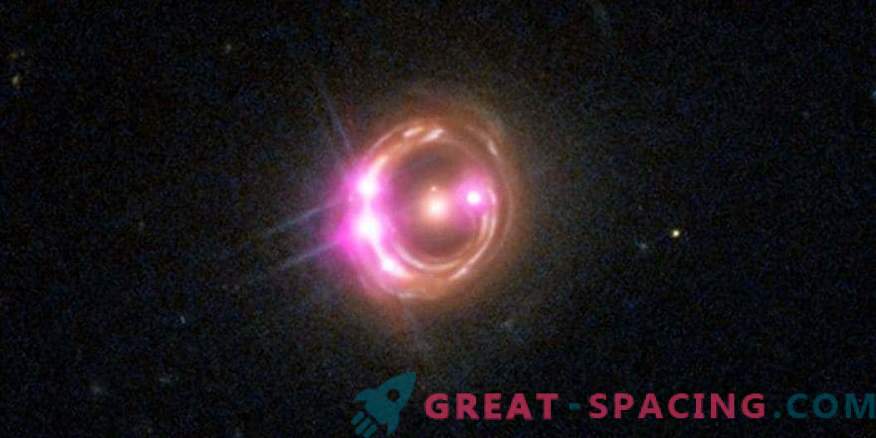
When the universe was a widow younger, supermassive black holes were fed by neighboring galaxies, as shown by the first measurements of the speed of rotation of supermassive black holes.
NASA's powerful telescope found not one, but as many as 10 supermassive black holes. And he did it by accident!
Using a natural zoom lens in space, astronomers analyzed x-rays coming from the center of a supermassive black hole, feeding on a quasar and 6 billion light-years away from Earth.
“The galaxy acts as a natural telescope, increasing the light from a distant quasar,” explains astronomer Rubens Reis in his article published in the journal Nature this week.
After analyzing the four enlarged images created by a lens in the form of an elliptical galaxy, located at a distance of 3 billion light years from Earth, Reis and his colleagues discovered that the rotation of a black hole is half the speed of light.
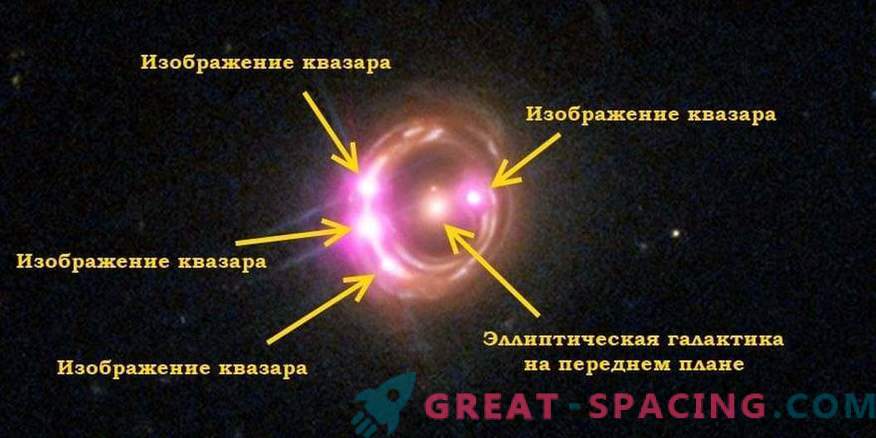
The speed of rotation of a black hole is directly related to the way black holes feed and grow. The more stable the power, the faster the rotation, as computer models show.
"If the increase in mass becomes more erratic, then we can assume that the black hole will have a lower rotational speed," says astronomer Mark Reynolds, from the University of Michigan.
"What we found in this system is evidence that a supermassive black hole rotates very quickly and consumes a mass equivalent to about one Sun per year," Reynolds said.
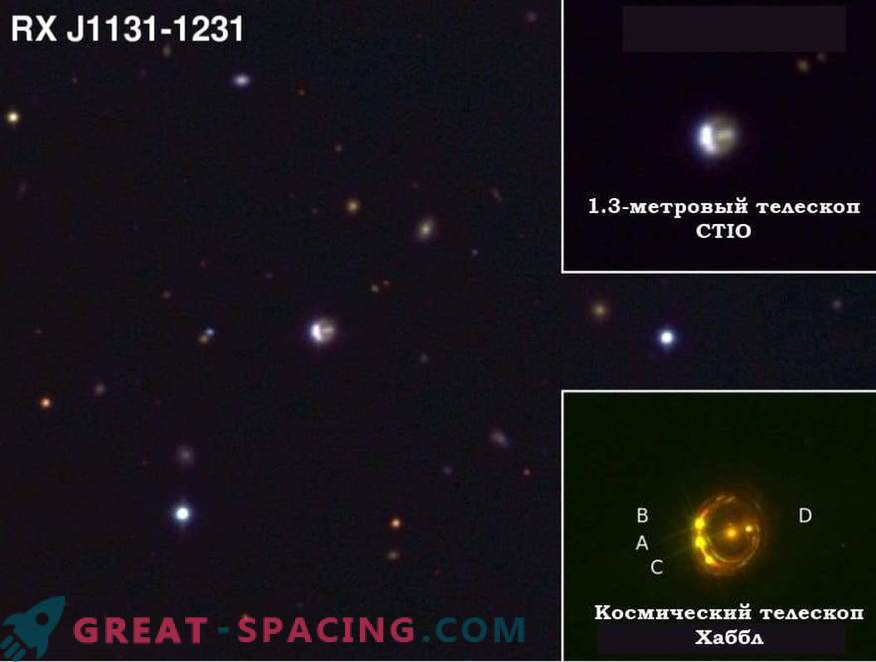
Photos of RX J1131-1231 taken by two different telescopes
“This suggests that the quasar, known as RX J1131-1231, grows primarily due to the so-called“ coherent accretion. ”This effect occurs when two galaxies merge, producing a huge amount of gas that attracts a black star. says Mark Reynolds.
Until astronomers measure the rotational speed of other supermassive black holes, they will not know whether the RX J1131 is a black sheep or not. "This is the first time we have been able to measure with such distant objects using the gravitational lensing effect. We hope to conduct similar research with more distant galaxies. Then we can really understand from what point a black hole appeared in the galaxy, how many mergers like, "said Reynolds.
The rate of rotation may change over time, reflecting changes in the evolution of galaxies.
"Different theories of the evolution of galaxies predict different rates of mergers and other processes in the center of the galaxy," says Guido Risalti of the astrophysical observatory in Florence.
"These processes, in turn, determine the final speed of rotation of the black hole. So, knowing the distribution of the rotational speeds of a supermassive black hole, it will be possible to find out how they were formed," writes Rizaliti.
